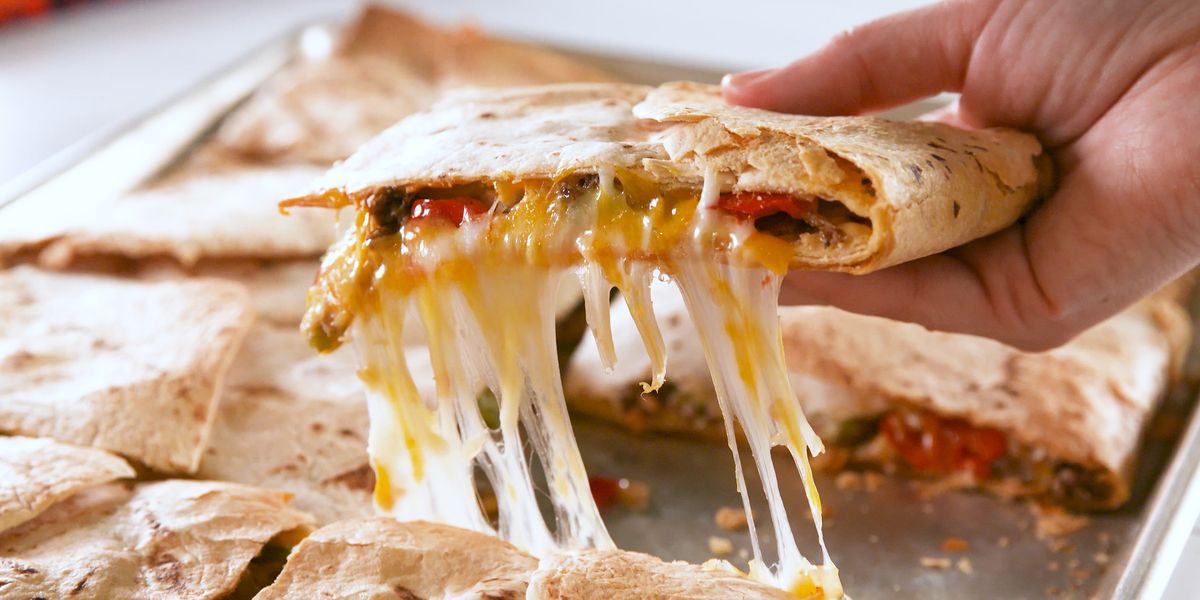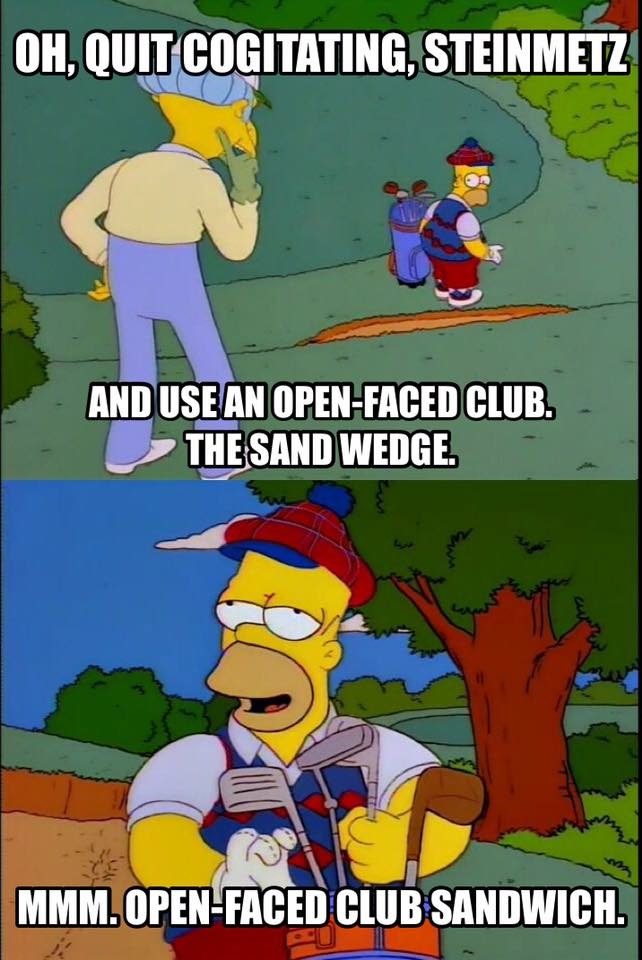- 4,453

- Vancouver, BC
- GTP_Grand_Prix
Your definition of what sandwiching means is too narrow. It eliminates a lot of accepted uses of the word sandwich. Which is why you're fighting notions of a folded half-sandwich, open-faced sandwich, sub-sandwich, breakfast sandwich, wrap sandwiches and on and on. You can sandwich something between two of anything, including two halves of the same layer.

This is cheese sandwiched in a folded tortilla. Now you might think I'm wrong to use the term that way, but did anyone misunderstand me? Did anyone have trouble reading or understanding that sentence? I'm using English, and it seems to be working correctly. You think people would have no idea what I'm talking about until someone takes a bit out of the seam, and then people would be like "oooooh, yea now it's sandwiched".
Comeon.
Edit:
BTW, nobody is going to believe this but... this conversation is very nearly what I do for a living.
Yes, cheese "sandwiched" between "two halves" of one object. The halves aren't separated yet, they come about from abstract thinking (they exist in our heads in other words). I touched on this in the post after the one you quoted.

I'm not saying at all that people will misunderstand you for your interpretation of sandwiches. Indeed, quite a few people won't understand why I don't think a hot dog is a sandwich.
 However, just because something is commonly accepted doesn't necessarily mean that it's "correct." This is why misconceptions exist. To illustrate, I could portray a rapier (which typically weigh somewhere around 1.1 - 1.4kg) as a super lightweight fencing foil in a movie, which would then become a Hollywood and television trope, and mislead thousands of people in their childhoods about the weight and handling of a rapier, but that wouldn't make it true. It would be a commonly understood image, but not a true one, which is my point.
However, just because something is commonly accepted doesn't necessarily mean that it's "correct." This is why misconceptions exist. To illustrate, I could portray a rapier (which typically weigh somewhere around 1.1 - 1.4kg) as a super lightweight fencing foil in a movie, which would then become a Hollywood and television trope, and mislead thousands of people in their childhoods about the weight and handling of a rapier, but that wouldn't make it true. It would be a commonly understood image, but not a true one, which is my point.The categorization doesn't matter however. We both know what a hot dog is, the discussion surrounding the categorization of it is just a fun thought experiment.




 Most likely.
Most likely.
